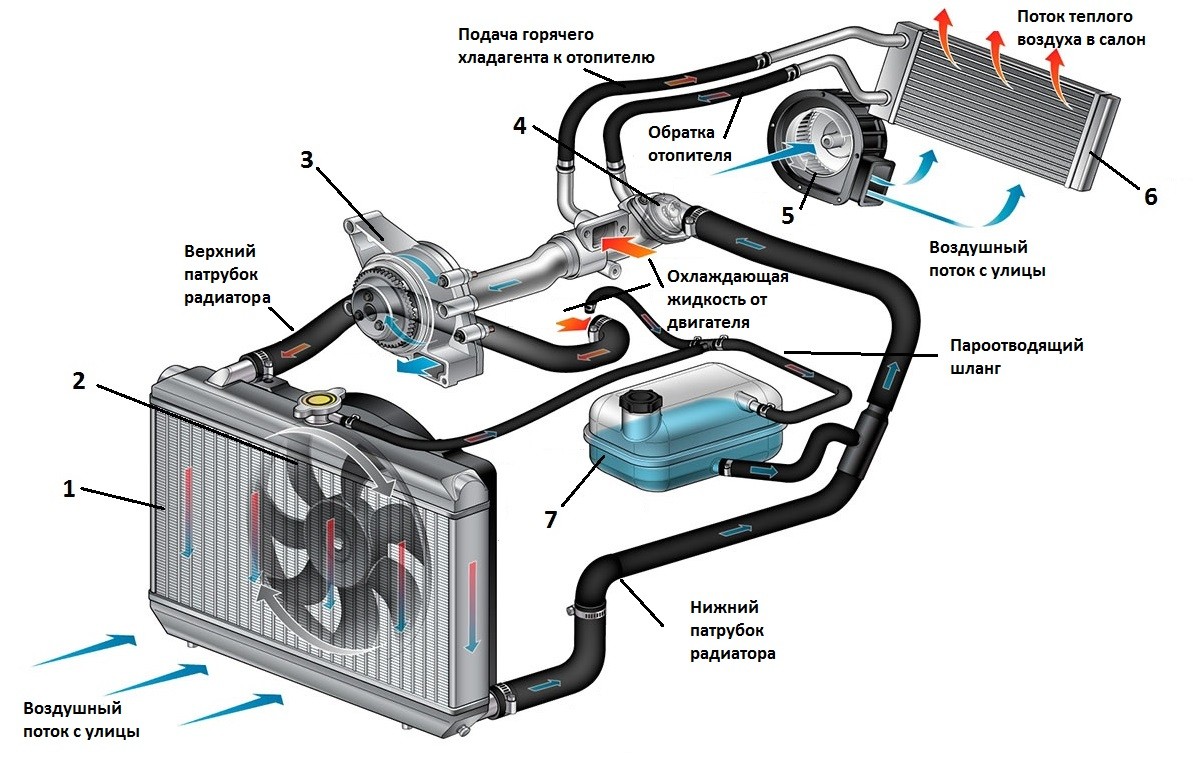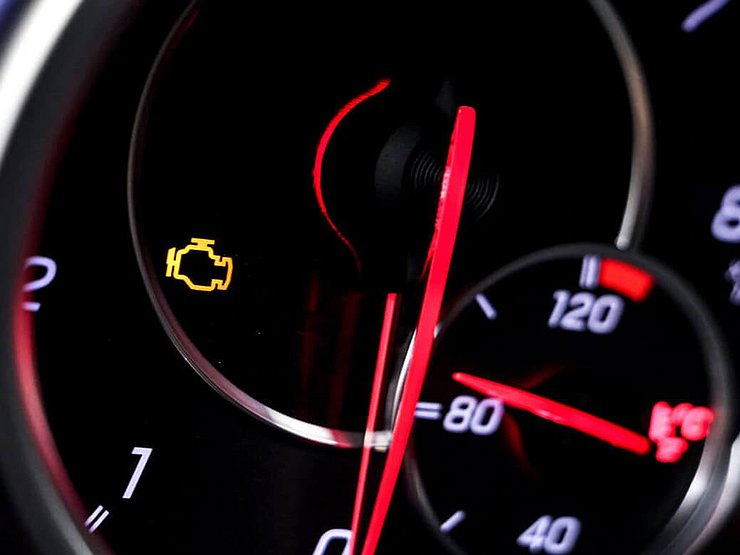
How does a car cooling system work?
Have you ever thought about the fact that thousands of explosions occur in your engine? If you are like most people, this thought never crosses your mind. Every time a spark plug ignites, the air/fuel mixture in that cylinder explodes. This happens hundreds of times per cylinder per minute. Can you imagine how much heat it releases?
These explosions are relatively small, but in large numbers they produce intense heat. Consider an ambient temperature of 70 degrees. If the engine is "cold" at 70 degrees, how long after starting will the entire engine warm up to operating temperature? It only takes a few minutes at idle. How to get rid of excess heat generated during combustion?
There are two types of cooling systems used in cars. Air-cooled engines are rarely used in modern cars, but were popular in the early twentieth century. They are still widely used in garden tractors and gardening equipment. Liquid-cooled engines are used almost exclusively by all car manufacturers around the world. Here we will talk about liquid-cooled engines.
Liquid-cooled engines use a few common parts:
- Water pump
- antifreeze
- Radiator
- Thermostat
- Engine coolant jacket
- Core heater
Each system also has hoses and valves located and routed differently. The basics remain the same.
The cooling system is filled with a 50/50 mixture of ethylene glycol and water. This fluid is called antifreeze or coolant. This is the medium used by the cooling system to remove engine heat and dissipate it. Antifreeze is pressurized in the cooling system as heat expands the liquid up to 15 psi. If the pressure exceeds 15 psi, the relief valve in the radiator cap opens and expels a small amount of coolant to maintain a safe pressure.
Engines operate optimally at 190-210 degrees Fahrenheit. When the temperature rises and exceeds the stable temperature of 240 degrees, overheating can occur. This can damage the engine and cooling system components.
Water pump: The water pump is driven by a V-ribbed belt, toothed belt or chain. It contains an impeller that circulates antifreeze in the cooling system. Because it is driven by a belt linked to other engine systems, its flow always increases in about the same proportion as the engine RPM.
Radiator: Antifreeze circulates from the water pump to the radiator. The radiator is a tube system that allows antifreeze with a large surface area to give off the heat it contains. Air is passed through or blown by the cooling fan and removes heat from the fluid.
Thermostat: The next stop for antifreeze is the engine. The gateway it has to go through is the thermostat. Until the engine warms up to operating temperature, the thermostat remains closed and does not allow coolant to circulate through the engine. After reaching the operating temperature, the thermostat opens and the antifreeze continues to circulate in the cooling system.
Engine: The antifreeze passes through small passages surrounding the engine block, known as the coolant jacket. The coolant absorbs heat from the engine and removes it as it continues its circulation path.
Core heater: Next, the antifreeze enters the heating system in the car. A heater radiator is installed inside the cabin, through which antifreeze passes. The fan blows over the core of the heater, removing heat from the liquid inside, and warm air enters the passenger compartment.
After the heater core, the antifreeze flows to the water pump to start circulation again.

